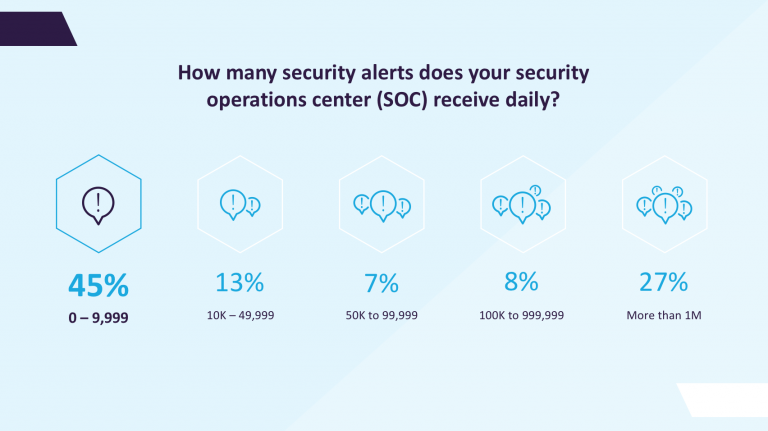Imperva have conducted a new survey about the frequency of security alerts that are received by security researchers. According to the results more than 27% of the security teams surveyed receive an average of around 1 million security alerts daily. Since the number of alerts is so massive the IT professionals have started ignoring some of the categories while another 4% of the professionals have turned off their notifications.
In order to solve this massive influx of security alerts, the company has developed as software called attack analysis which helps the security analysts to cut through the unnecessary alerts and concentrate on the security vulnerabilities that are critical to the application. The application can scale in any environment like WAP or Hybrid Cloud and uses advanced machine learning algorithms to automate the normally time-consuming process of combining and correlating the application attack events and therefore can reduce a days work into minutes. The security vulnerabilities are critical to the application but there is also a scale for their severity.
“Enterprise security teams are buried under an avalanche of security alerts. By harvesting the power of AI, we’ve provided a solution that cuts through the noise to pinpoint the threats that matter most,” said Eldad Chai, senior vice president of product management at Imperva. “Combining threat intelligence from our worldwide installed base, the solution allows customers to identify and track global, industry and per site patterns instead of looking at individual alerts, which allows them to respond faster to emerging patterns and stay ahead of the curve.”
Security Teams play a vital role in an organization and it is no good to have a lot of security researchers going through every single security threat to the application. In the survey, 56% of the IT professionals have ignored the issues because of the frustrating number of false-positives. In a large number of requests, a lot of actual vulnerabilities are getting mixed up hence it is better to have brushed off some of the false positives using machine learning techniques that attack analysis uses.
Take your time to comment on this article.

